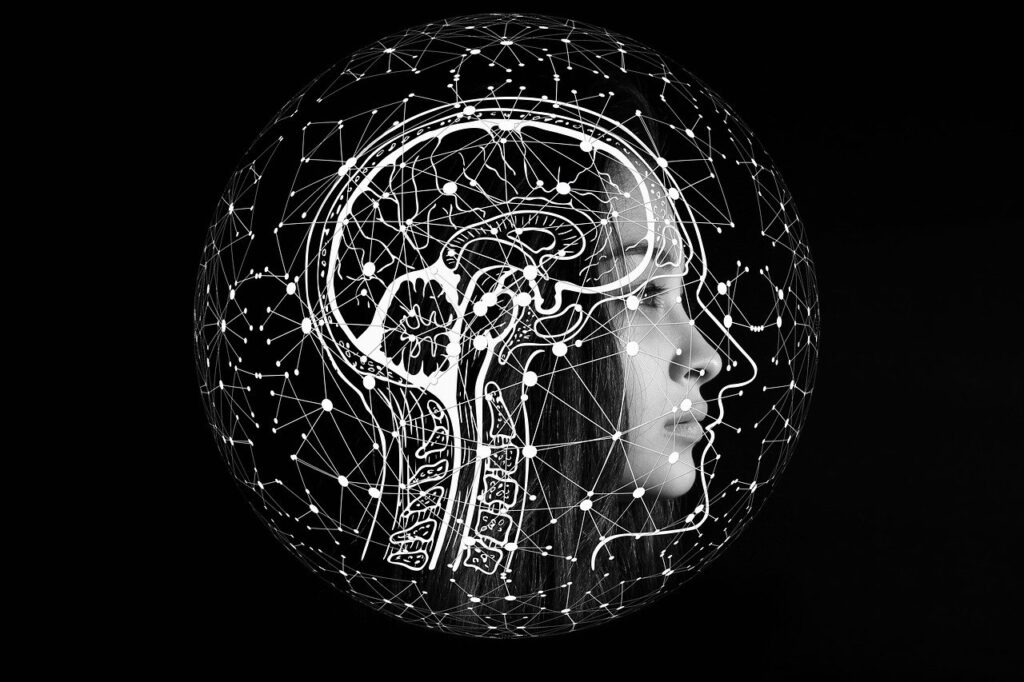Contents
ToggleWhat is Artificial Intelligence? An Introduction
Artificial intelligence, or AI, is a field of computer science that focuses on the development of intelligent machines that can perform tasks typically requiring human-like intelligence, such as visual perception, speech recognition, decision-making, and language translation. With the increasing amount of data generated every day, AI has become an essential tool to process, analyze, and extract insights from large datasets, enabling significant advancements in various fields such as healthcare, finance, transportation, and manufacturing.
The Origins of Artificial Intelligence
The concept of artificial intelligence can be traced back to the mid-20th century when mathematician and computer scientist Alan Turing proposed the idea of a machine that could think and communicate like a human being. John McCarthy, another computer scientist, coined the term “artificial intelligence” in 1956 and organized a conference to bring together researchers and scientists interested in developing intelligent machines. Since then, the field of AI has made significant progress, from simple logic-based systems to the current sophisticated machine learning and deep learning algorithms that can learn and improve from experience.
The Basics of Artificial Intelligence
At its core, artificial intelligence involves building algorithms and models that can perform human-like tasks. AI can be divided into three main types: reactive machines, limited memory machines, and theory of mind machines. Reactive machines are the simplest type of AI and can only respond to the current situation based on a pre-defined set of rules. Limited memory machines, on the other hand, can make decisions based on previous experiences and data. Finally, the theory of mind machines is the most complex type of AI and can understand human emotions, beliefs, and thoughts.
Machine learning and deep learning are two of the most commonly used approaches in AI. Machine learning involves training a model on a large dataset to learn and make predictions, while deep learning uses neural networks to learn complex patterns and relationships in data. These approaches have been used to develop various applications, such as speech recognition, image classification, and natural language processing.
Applications of Artificial Intelligence
AI has numerous applications across various industries and domains. In healthcare, AI is being used to diagnose diseases, design personalized treatment plans, and develop new drugs. In finance, AI is used for fraud detection, investment management, and risk analysis. Transportation is another domain where AI is having a significant impact, with self-driving cars, traffic prediction, and route optimization becoming a reality. AI is also used in manufacturing to optimize supply chains, reduce waste, and improve product quality.
The Future of Artificial Intelligence
The potential of artificial intelligence to transform society in the future is enormous. Self-driving cars, personalized medicine, and smart homes are just a few examples of how AI could improve our lives. However, the development of AI also raises several ethical and societal concerns, such as job displacement, bias, and privacy. As AI becomes more widespread, it is essential to ensure that its development and deployment are guided by ethical principles and aligned with societal values.
Conclusion
In conclusion, artificial intelligence has become an essential tool to process and analyze the vast amounts of data generated every day, enabling significant advancements in various fields. The development of AI has come a long way since its early conceptualization in the mid-20th century, and the field is poised to make even more significant strides in the future. However, it is crucial to ensure that the development and deployment of AI are guided by ethical principles and aligned with societal values. By doing so, we can harness the potential of AI to make the world a better place.
